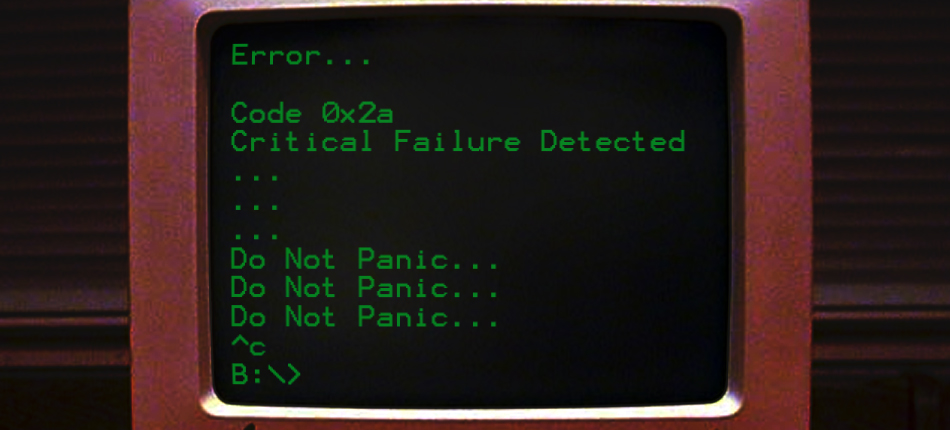
I have now borrowed parts of my email signature from so many other people I felt the need to write a short blog article explaining them. I’d also like to give appropriate attribution to those who have given me all these wonderful tips.
My email signature:
Kate Ringland
Informatics PhD Candidate
Social & Technological Action Research Group
ARCS Scholar
University of California, Irvine
kateringland.comPronouns: she/her/hers
If you have an accommodation need for a planned meeting, please email me directly and I will do my best to make appropriate arrangements. Should you require any materials sent via email in an alternate format, please let me know.
In an effort to create a more inclusive space in my work, I have taken some small steps (yes, my email signature is a very small, but important step). I indicate my pronouns because I want others to feel safe in disclosing their pronouns to me. If it becomes more common practice to indicate preferred pronouns immediately, at the beginning of a conversation, then there’s less chance for misstep or someone feeling marginalized. One blog about this can be found here: http://www.gradpsychblog.org/signing-on-for-acceptance-can-adding-your-gender-pronouns-to-your-email-signature-make-a-difference/#.WjRItUqnFEY
I also would like to be more inclusive (and accessible!) to those with disabilities. I borrowed the bottom portion of my email signature from a professor, Dr. Jay Timothy Dolmage, who has recently published a book – Academic Ableism: Disability and Higher Education (Corporealities: Discourses Of Disability). You can find out more about that here: https://www.insidehighered.com/news/2017/12/07/author-discusses-his-new-book-disability-and-higher-education
I hope this was helpful and if you have any other ideas for how we as individuals can make the academic workplace more inclusive, leave a comment!


Thank you for the great article